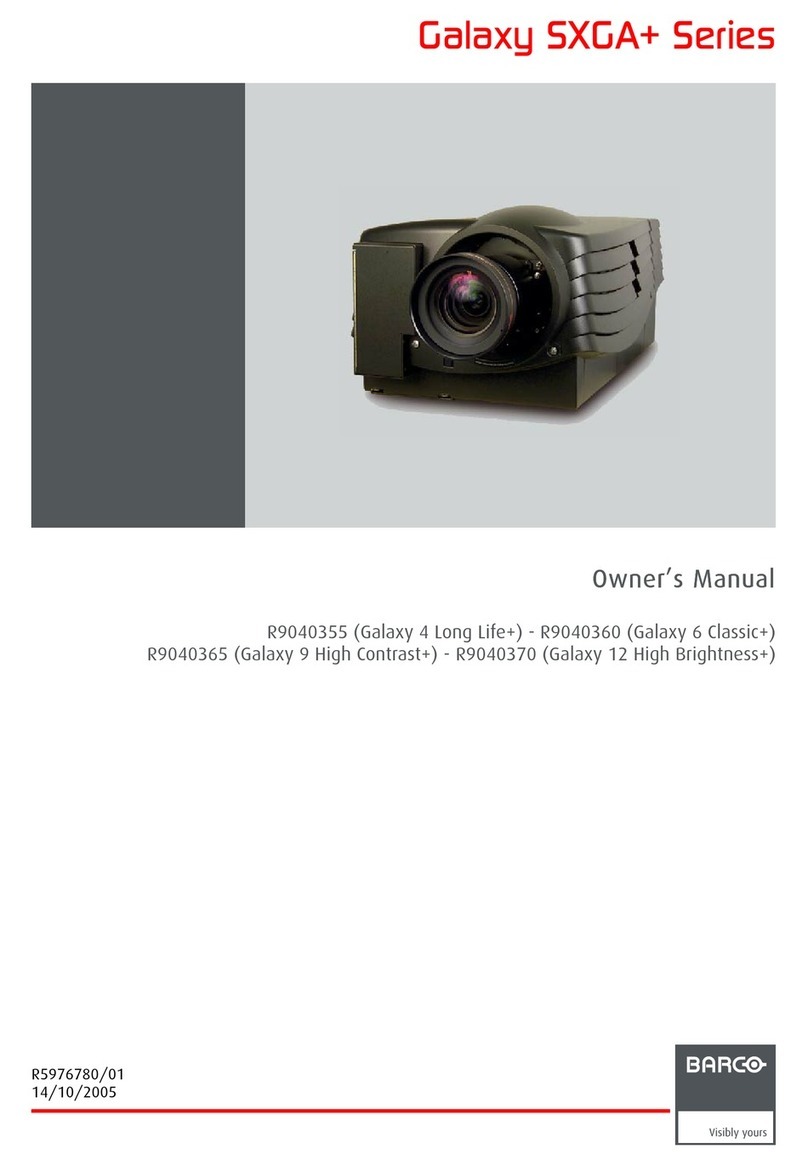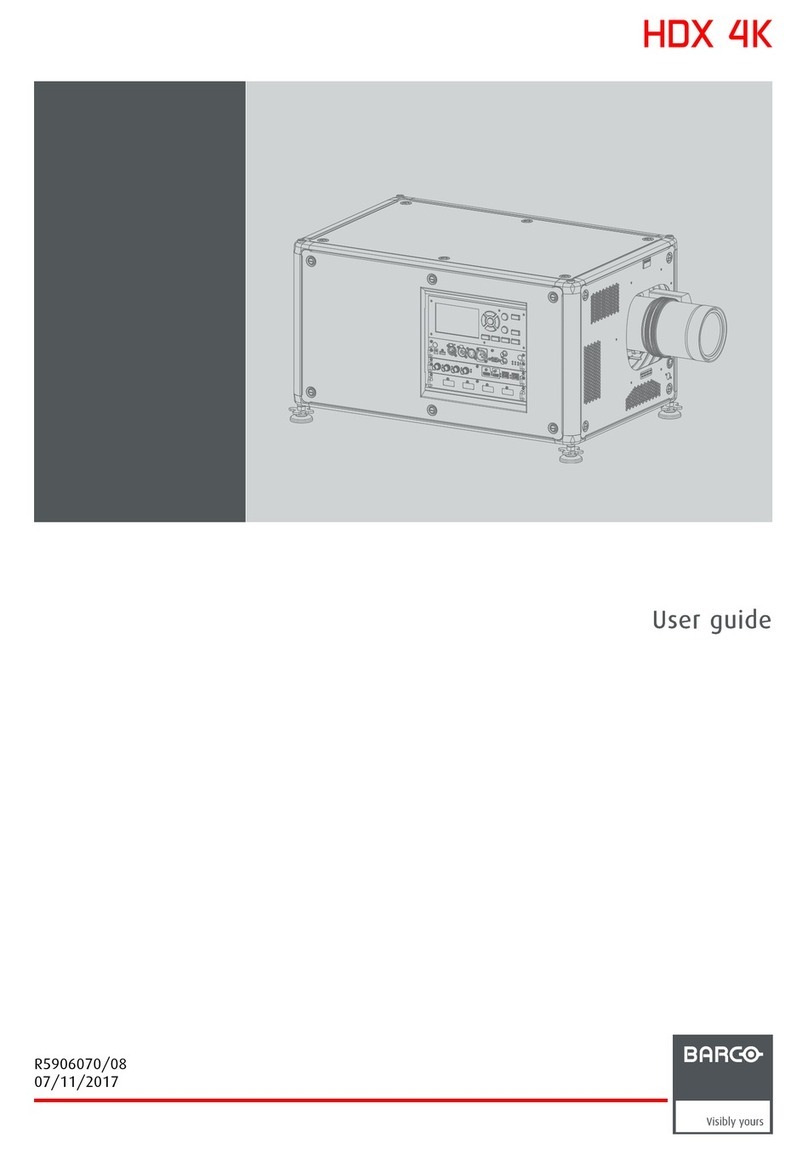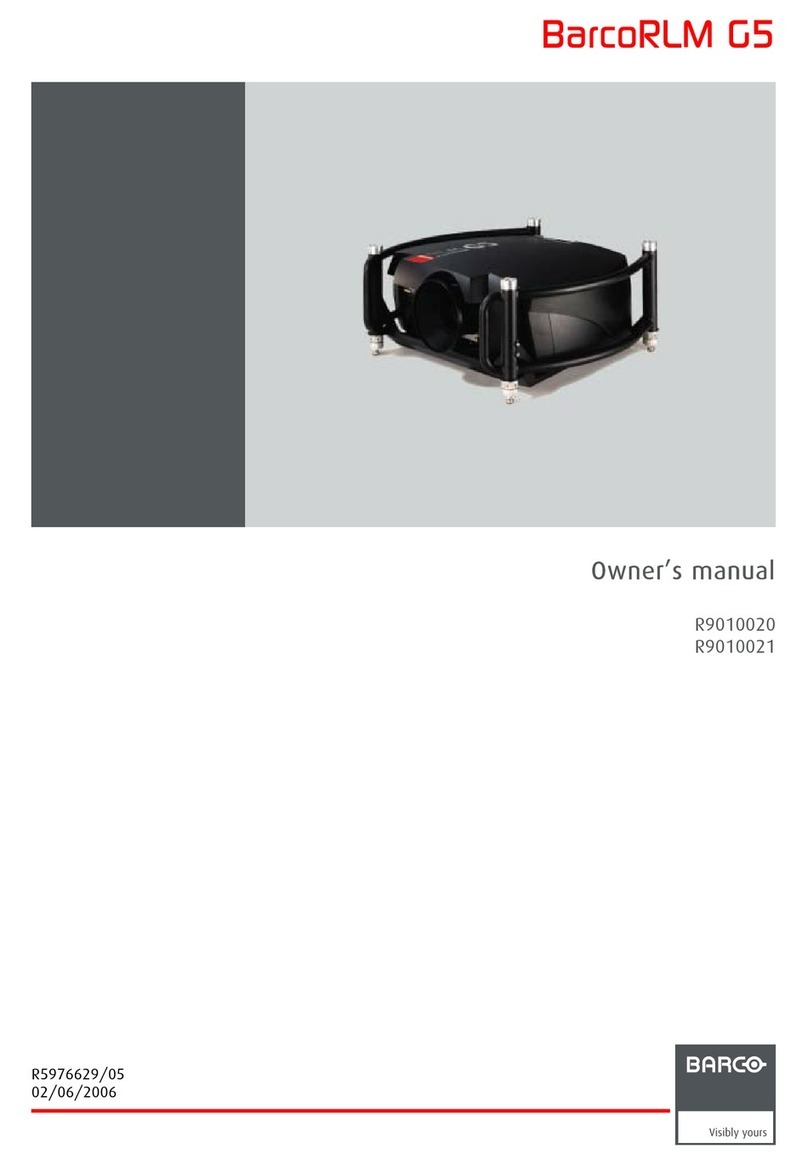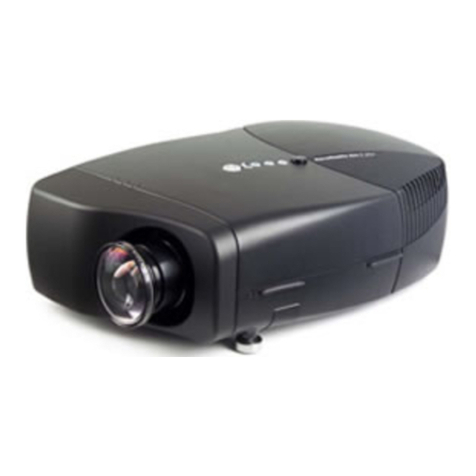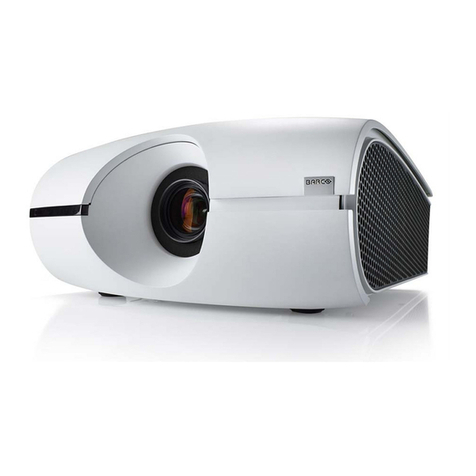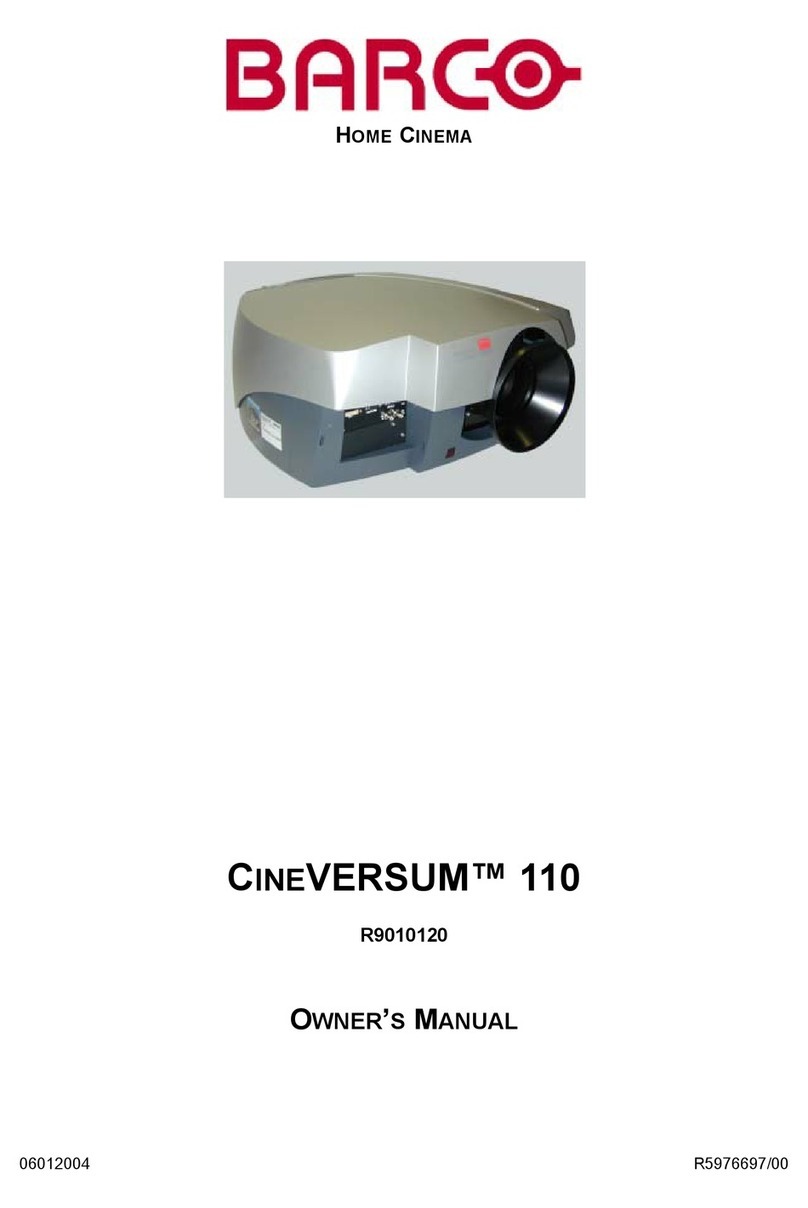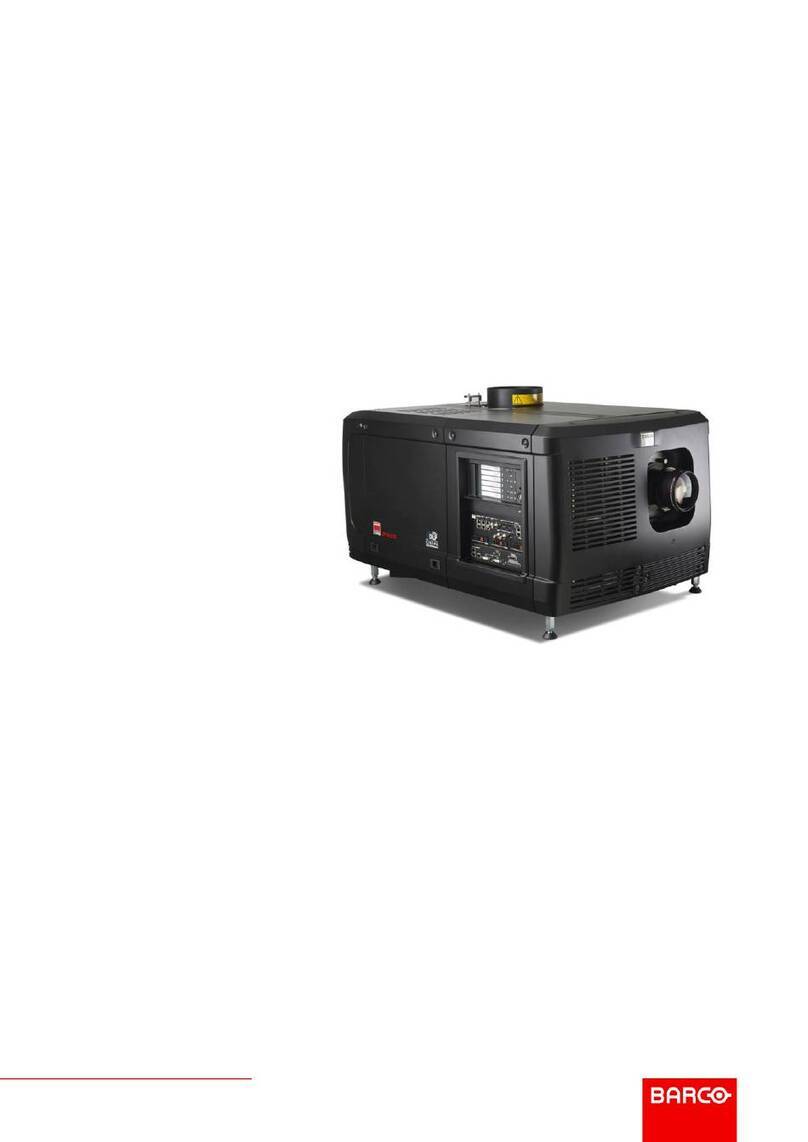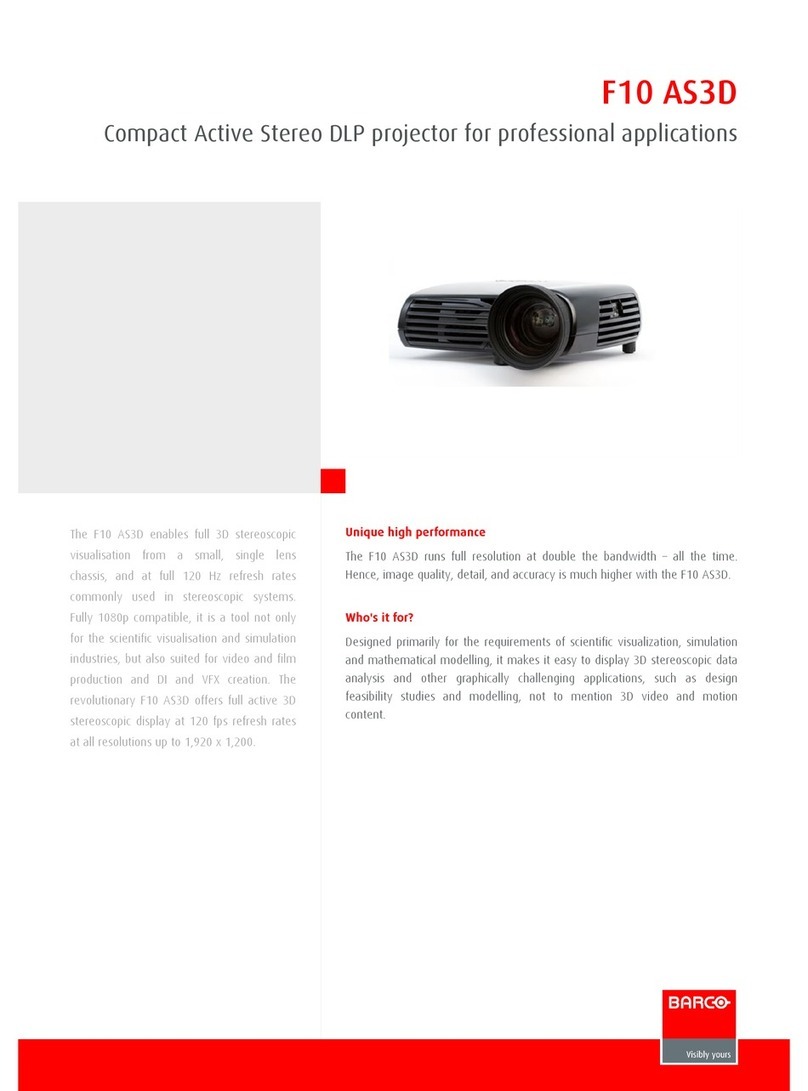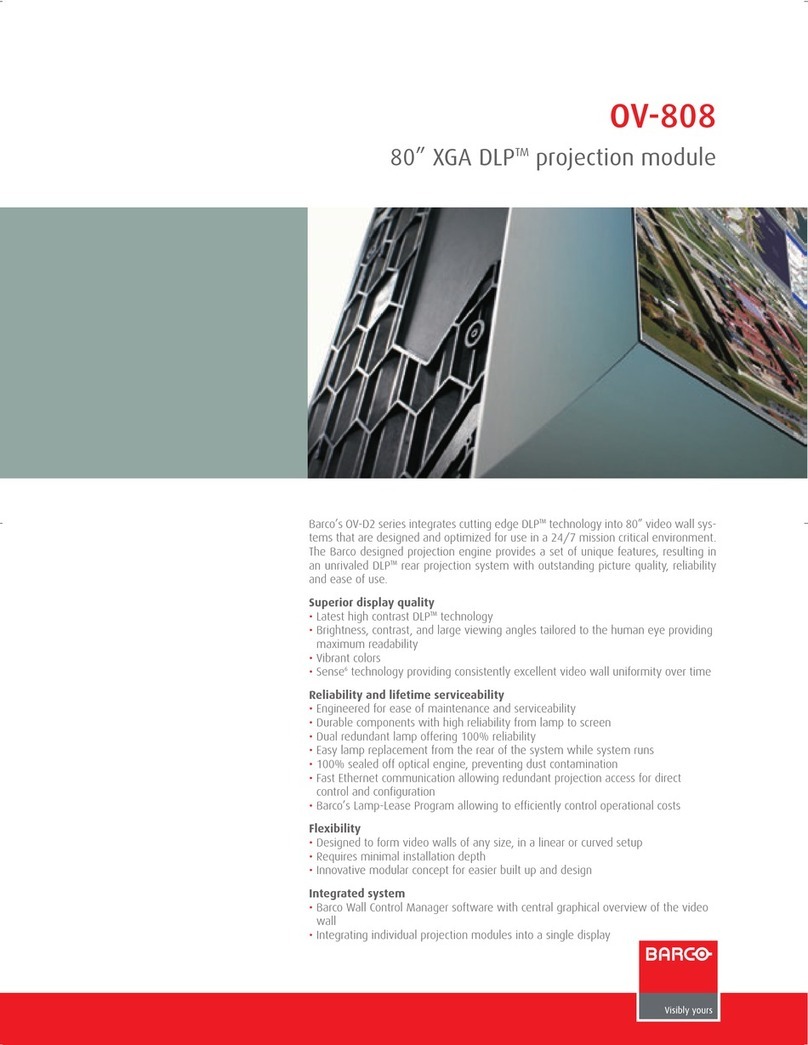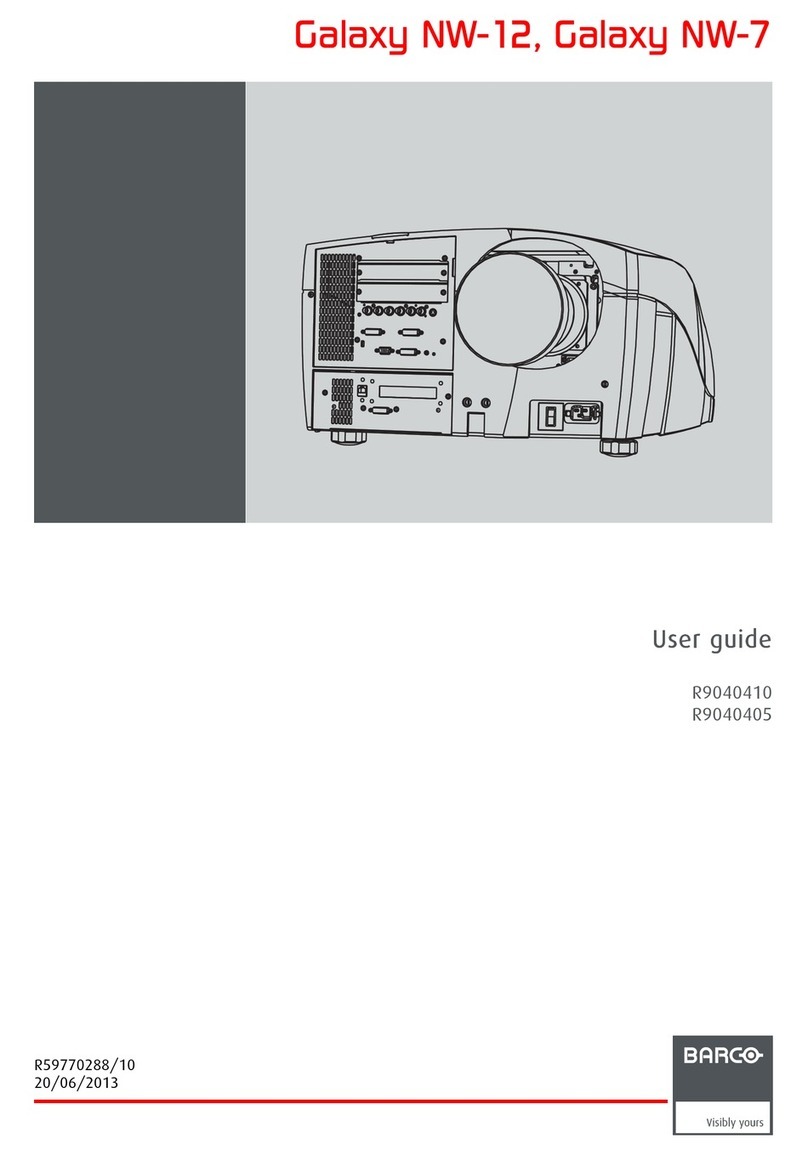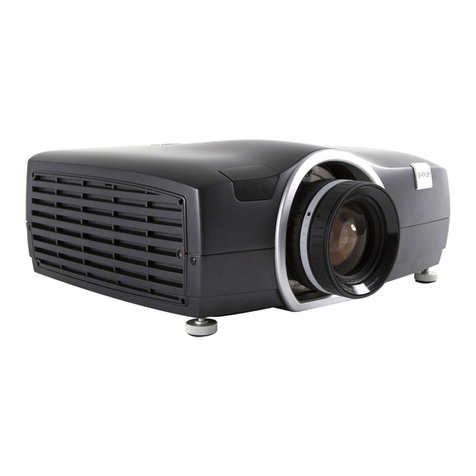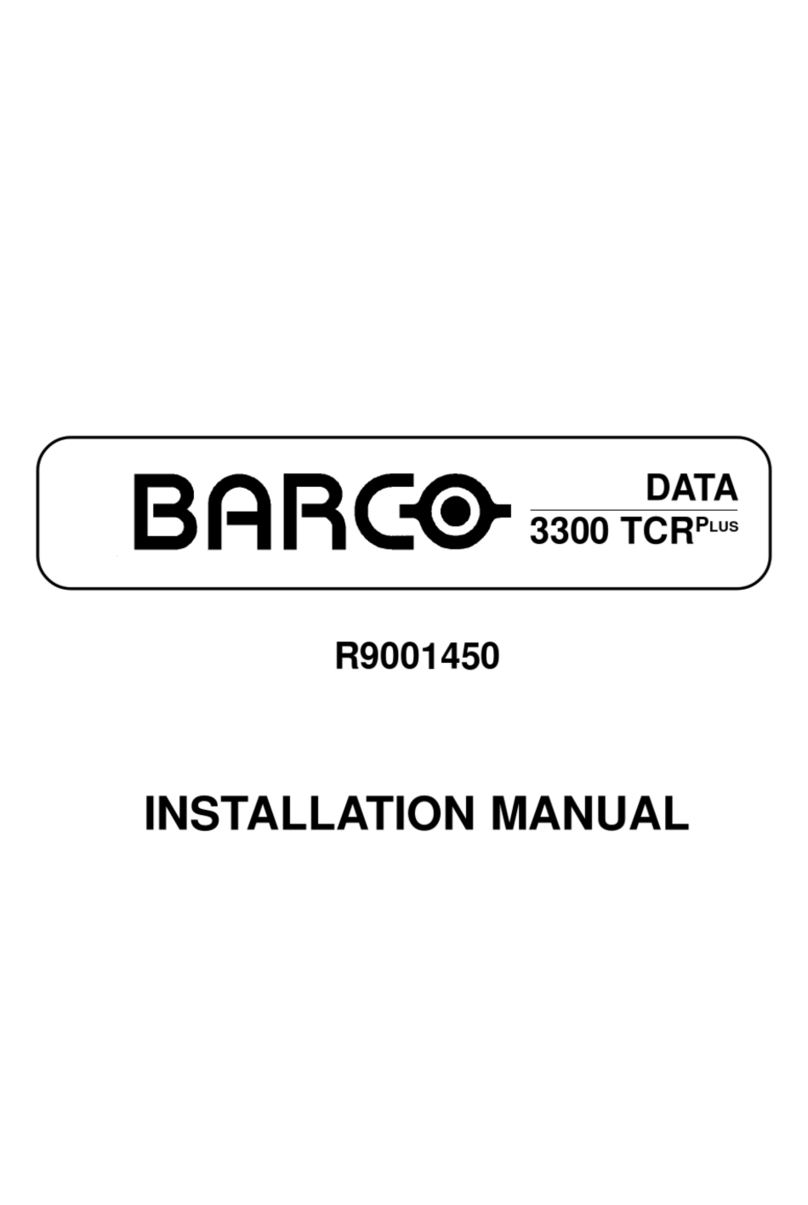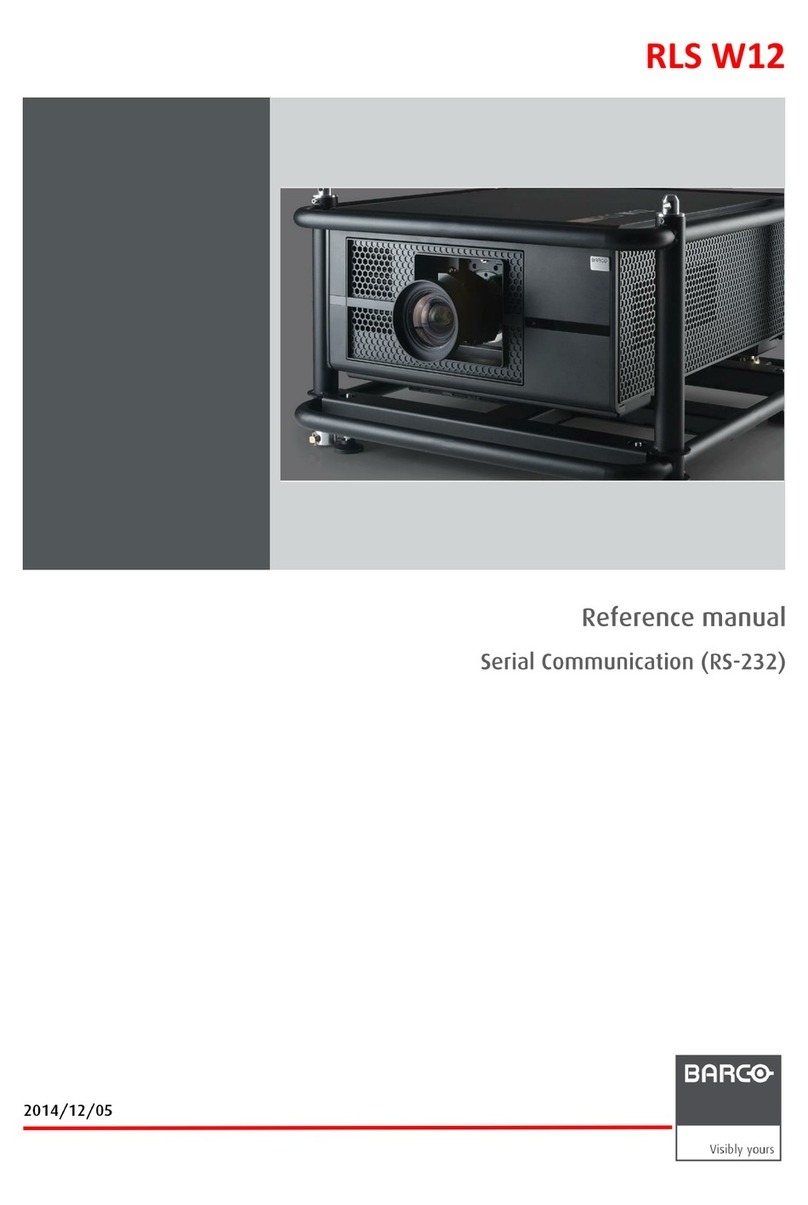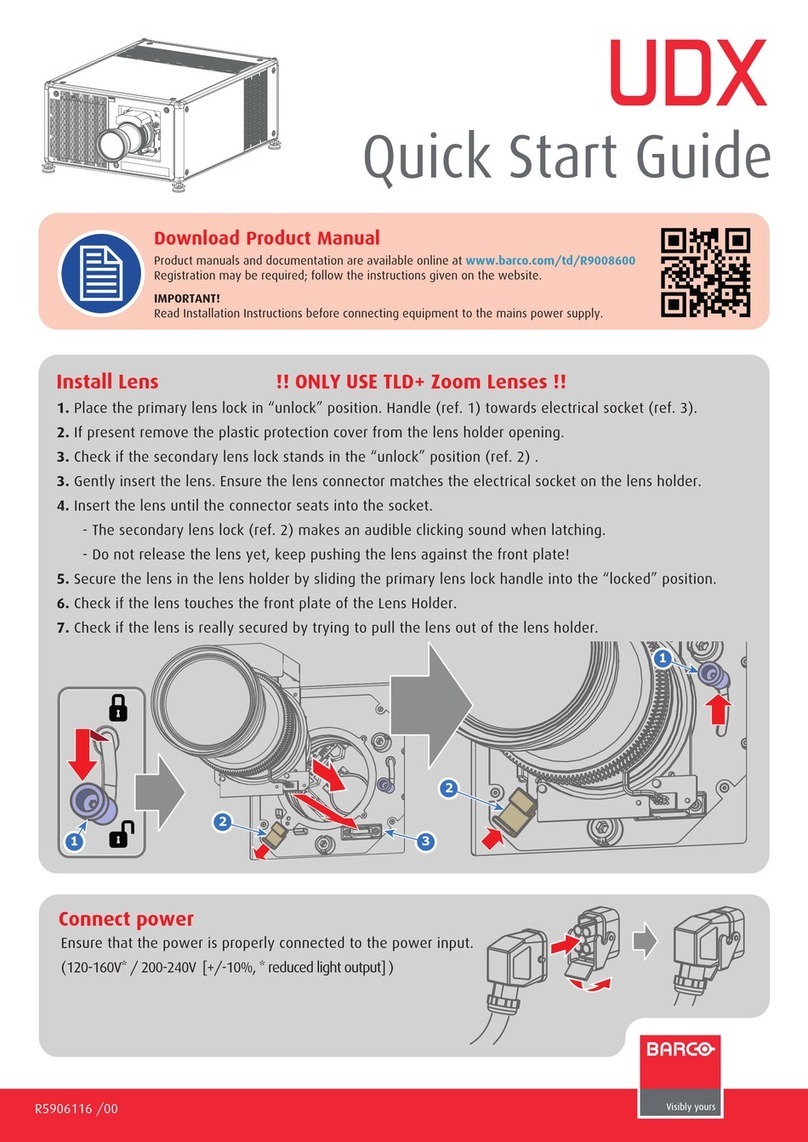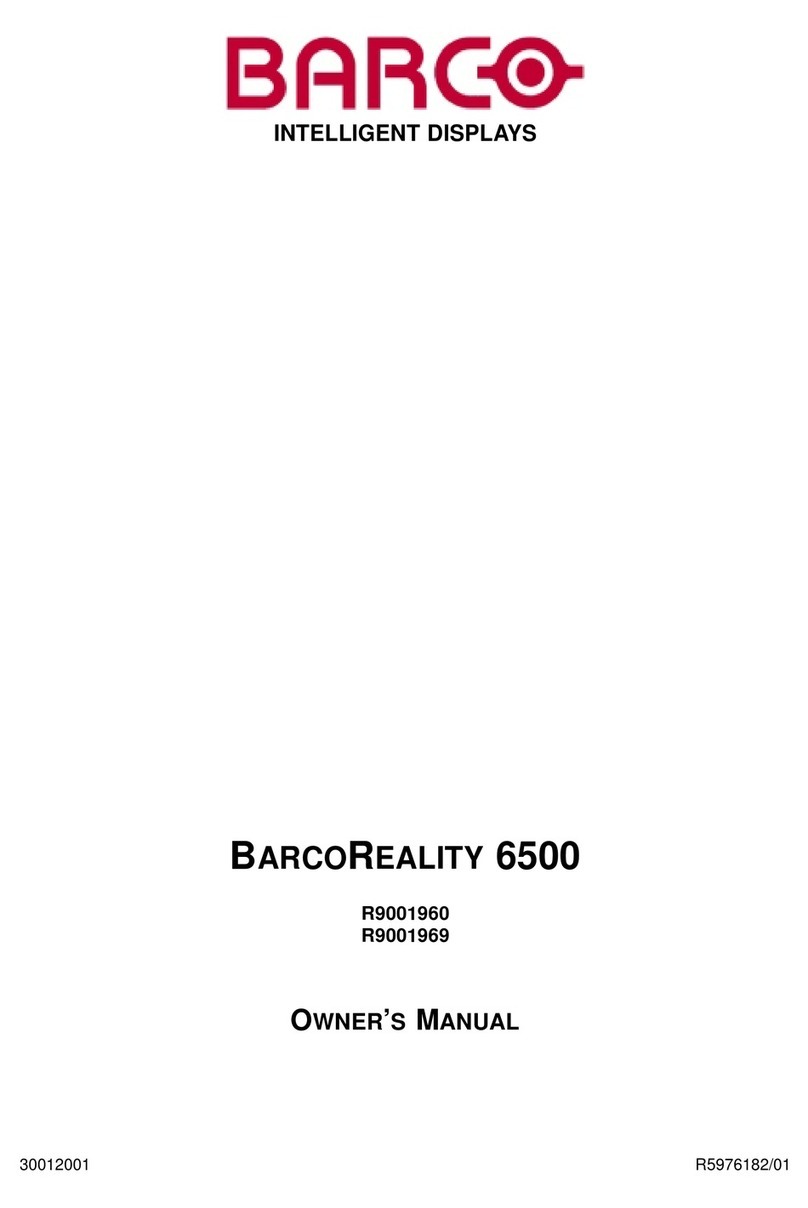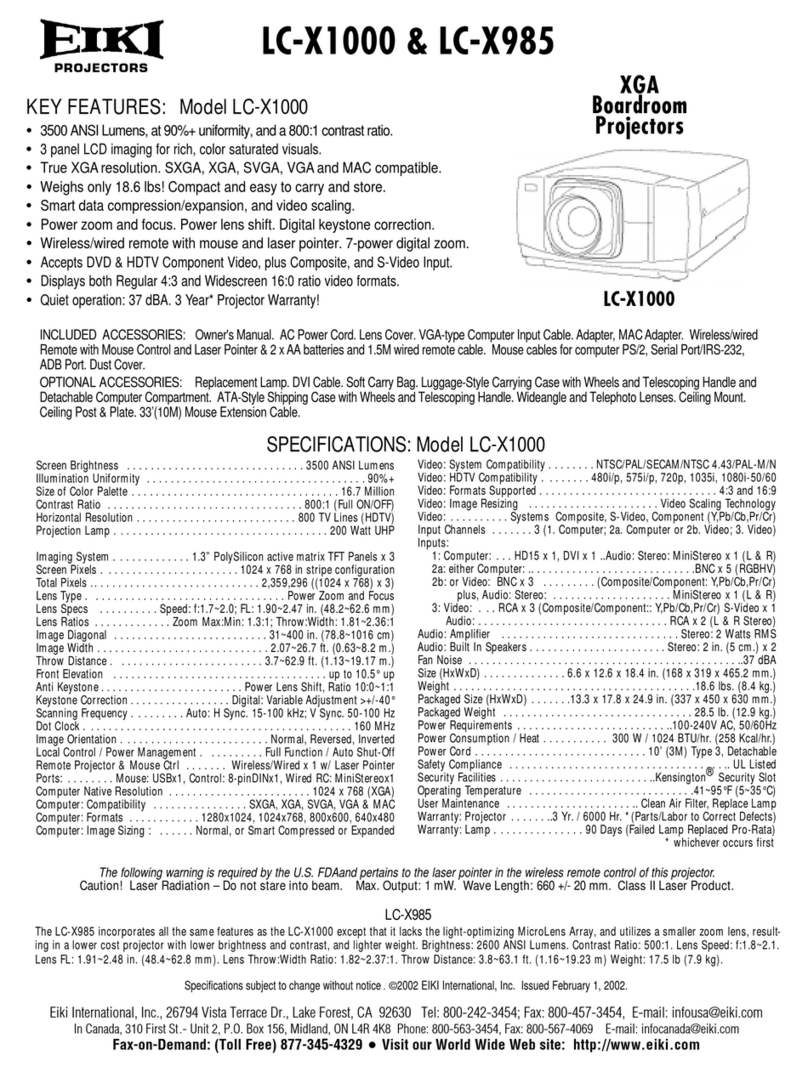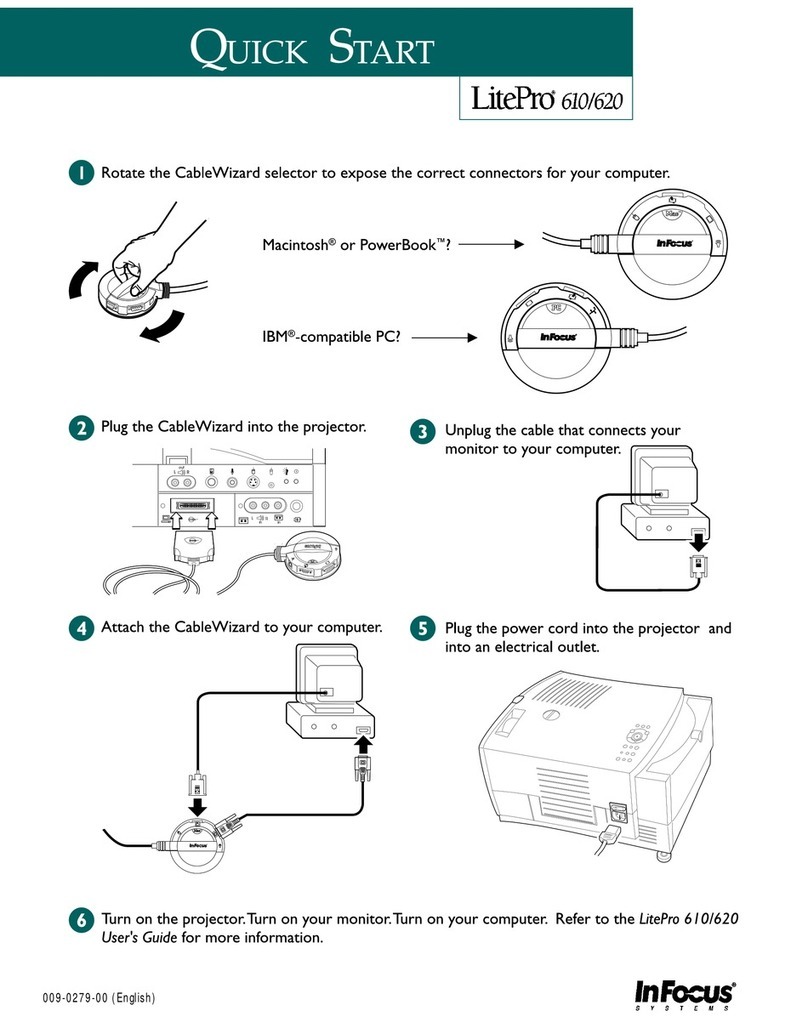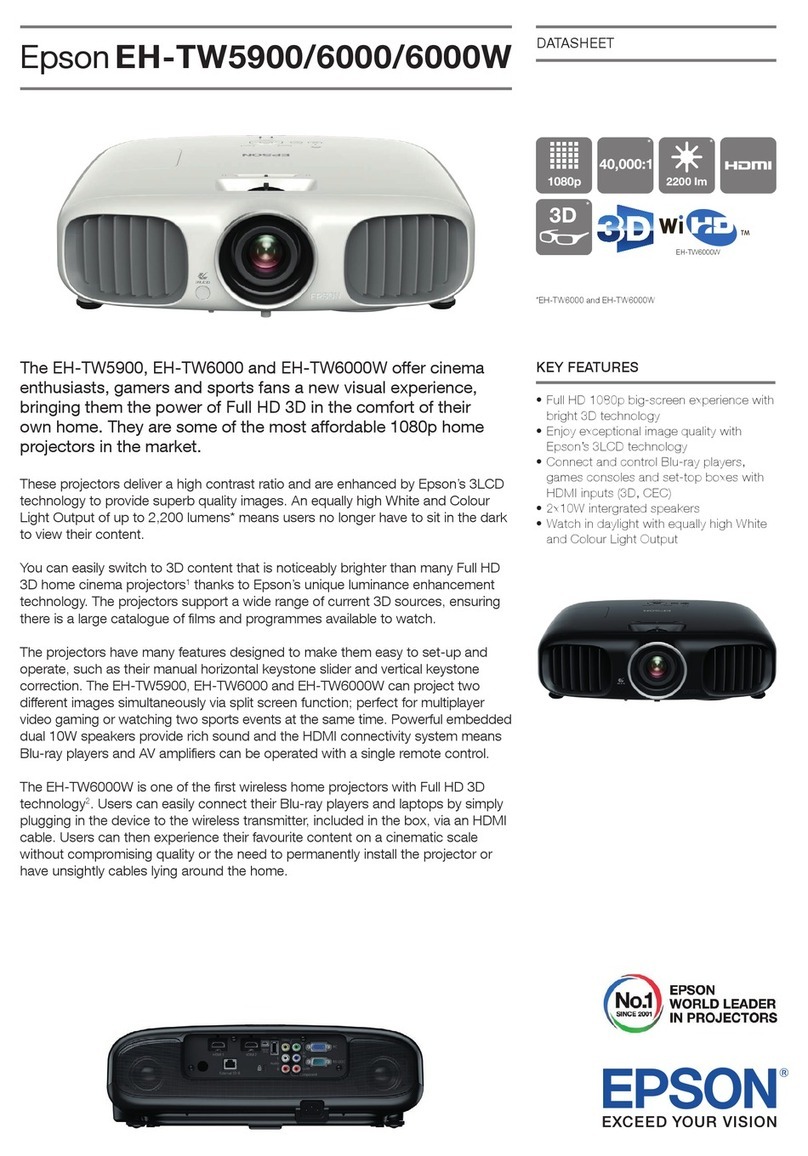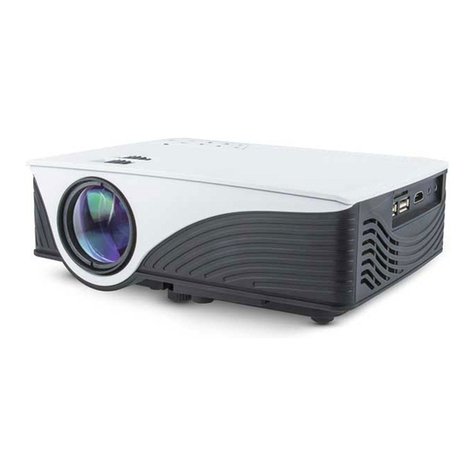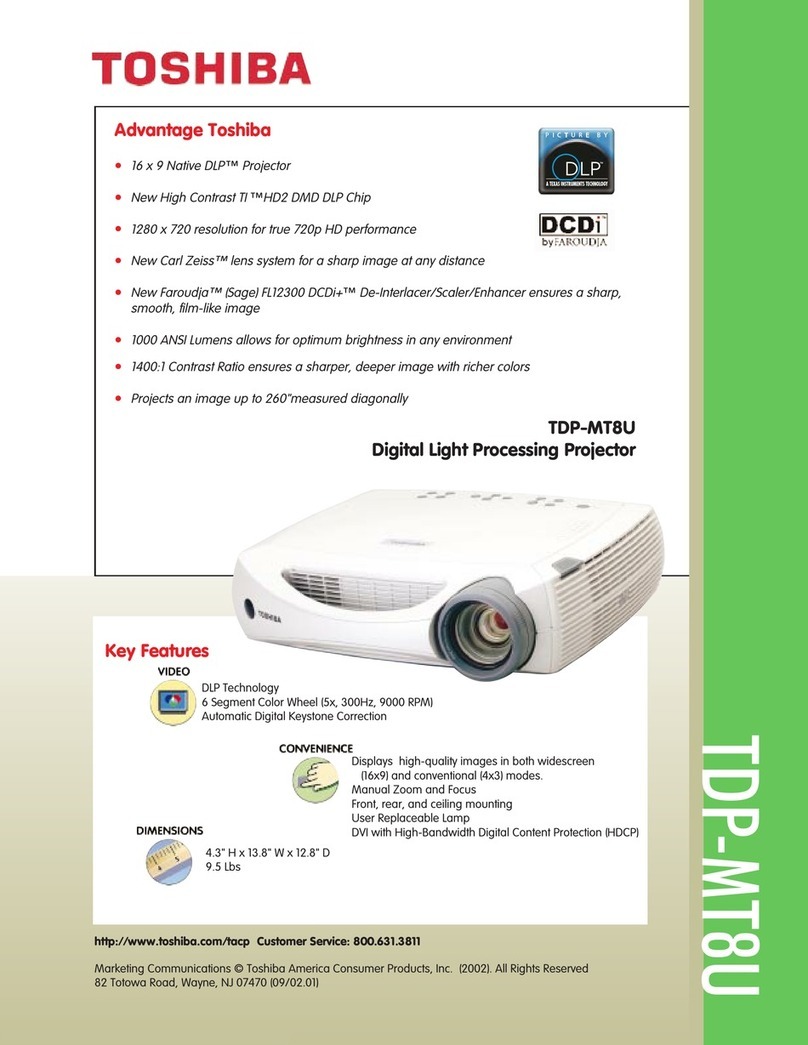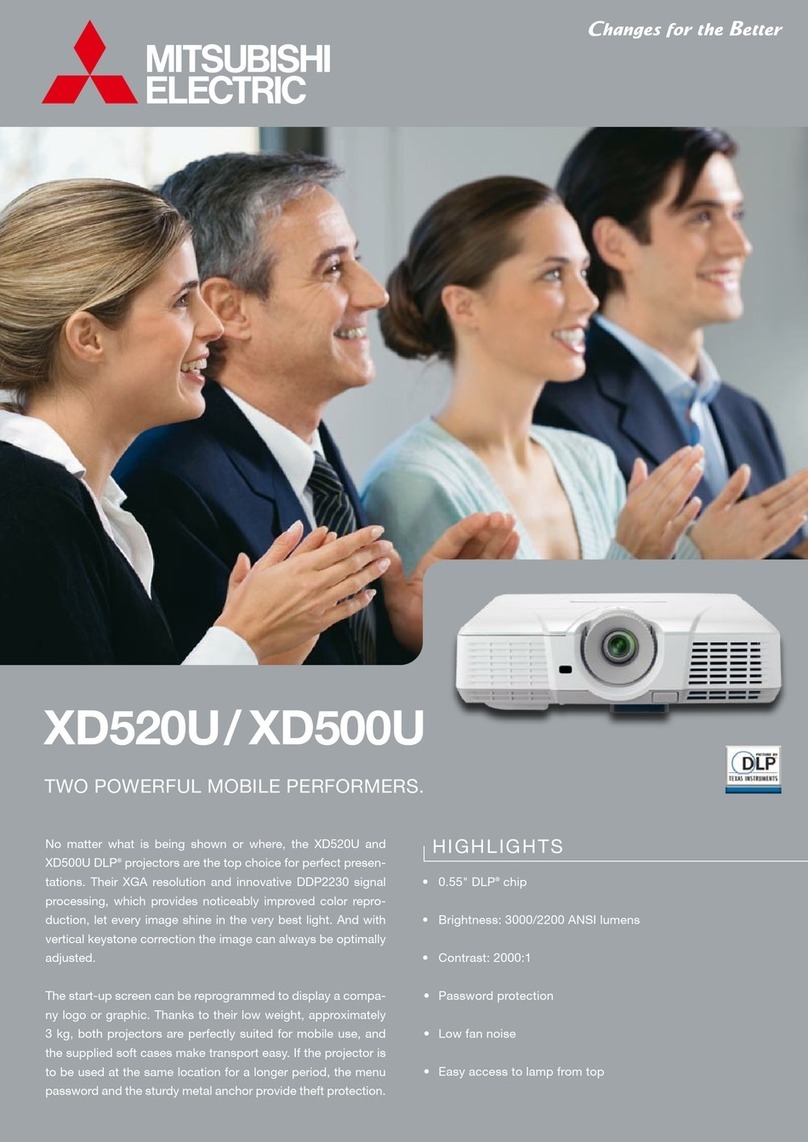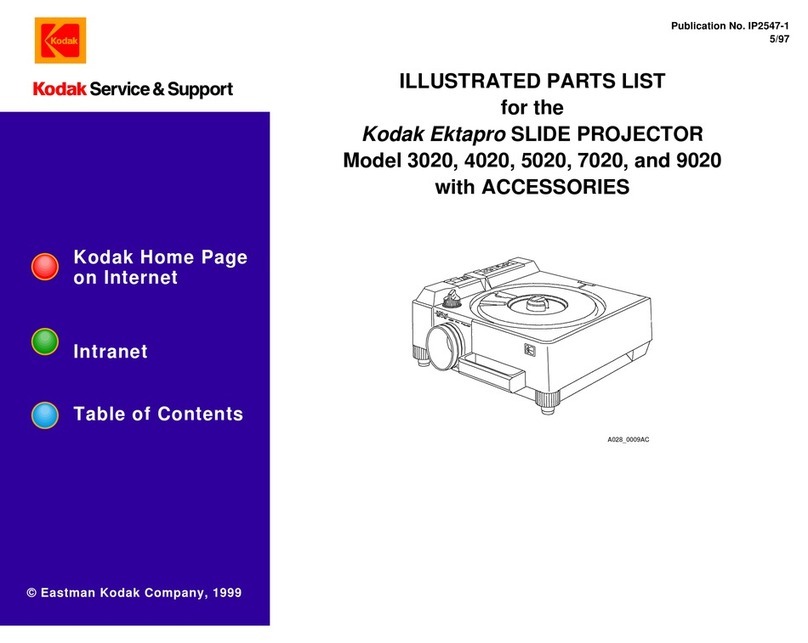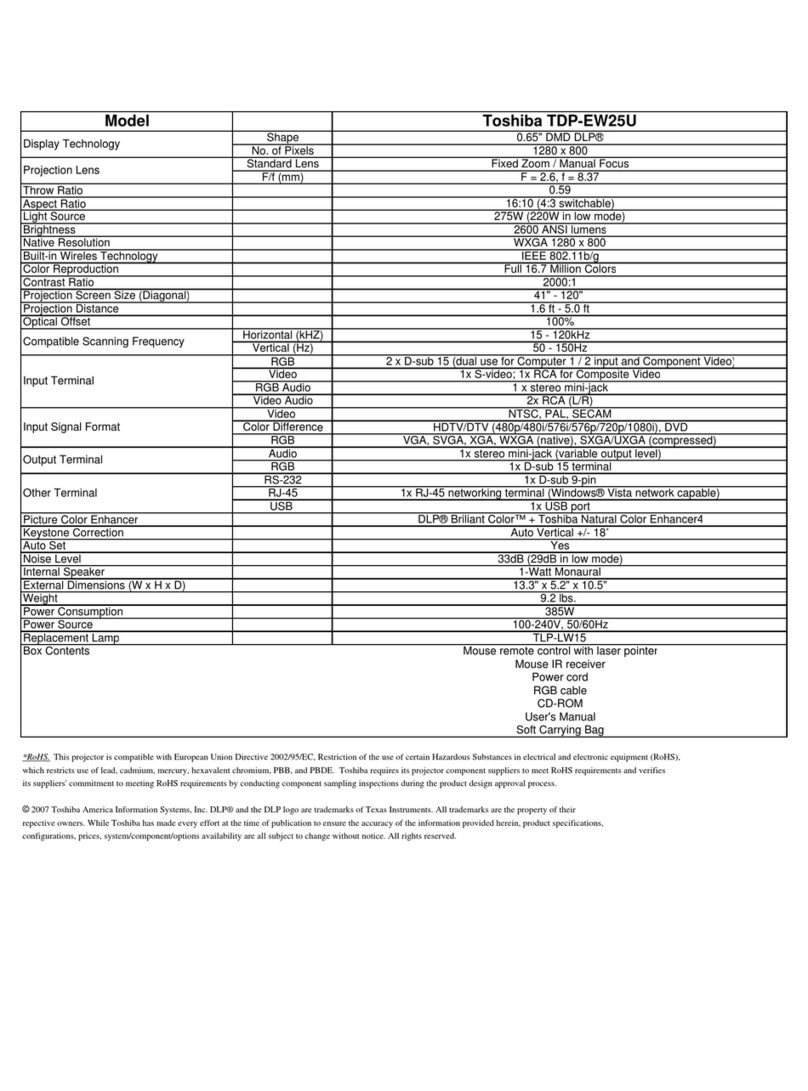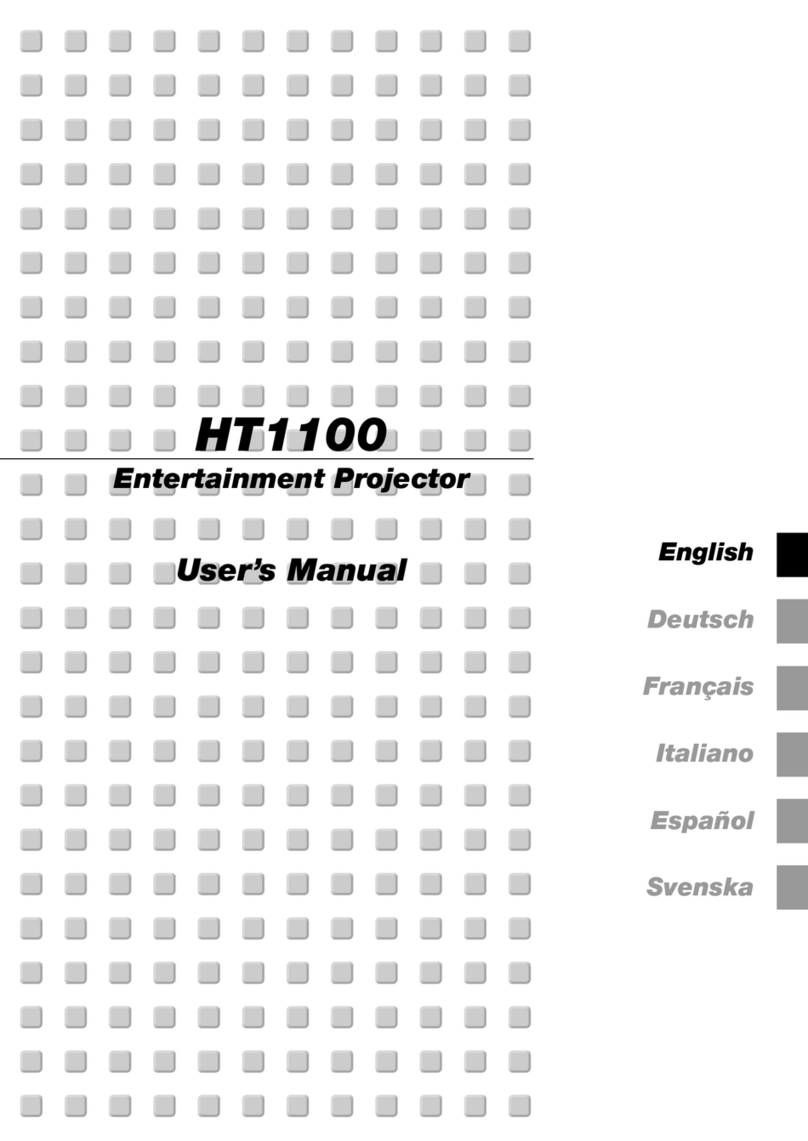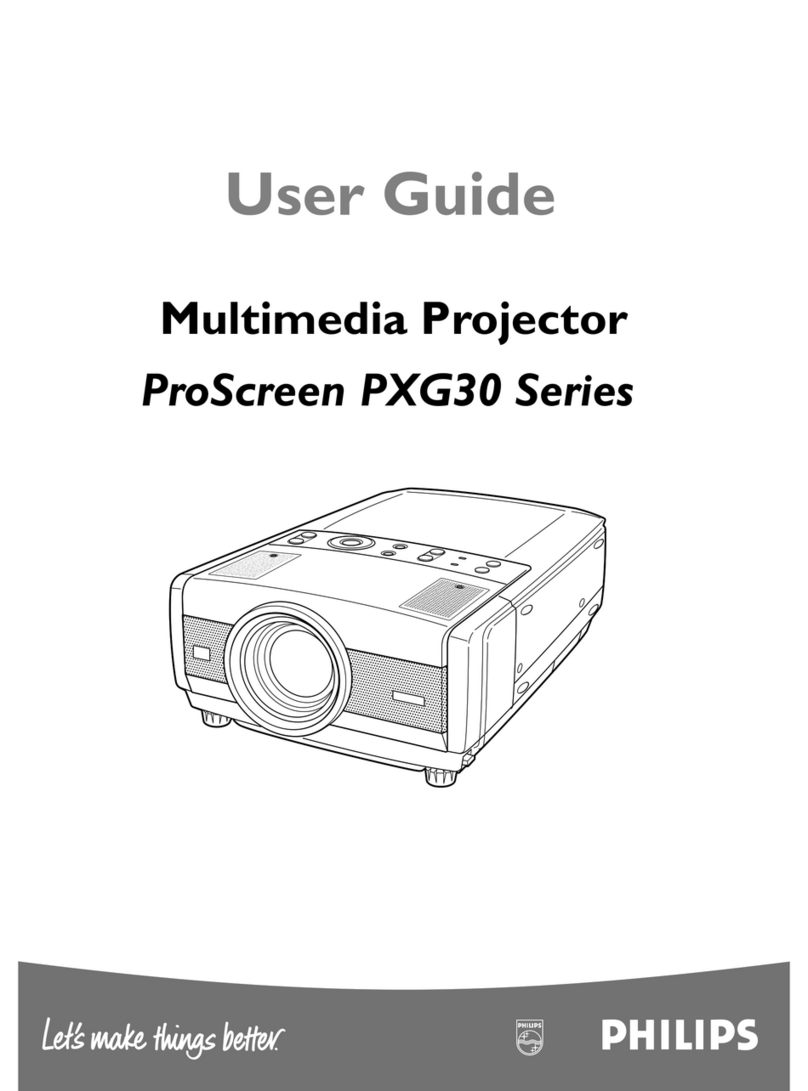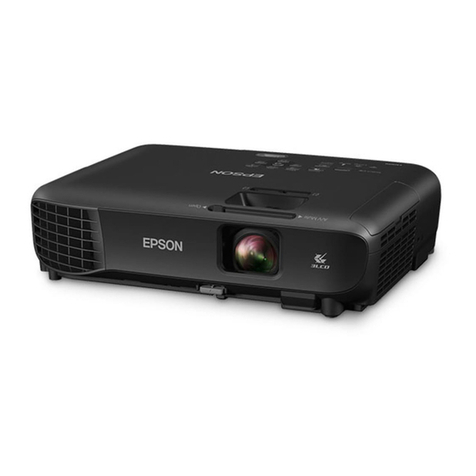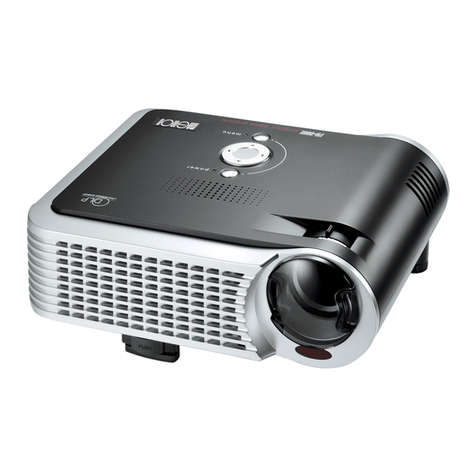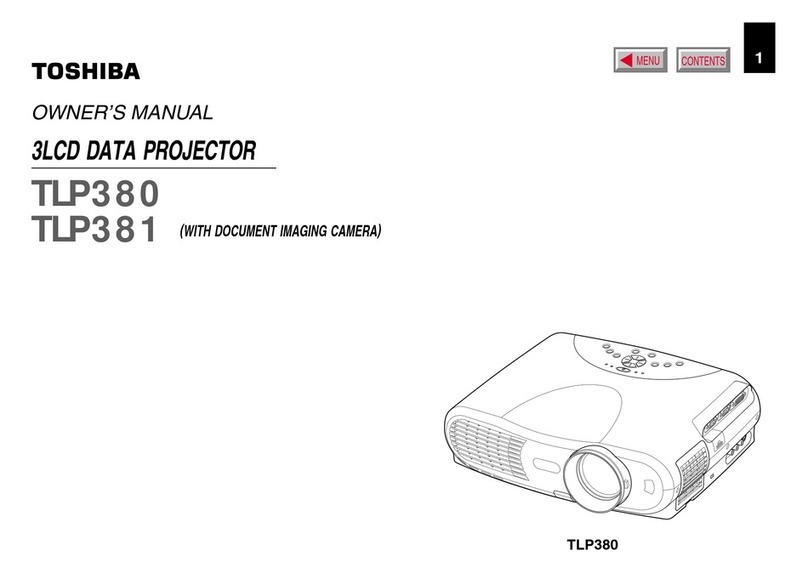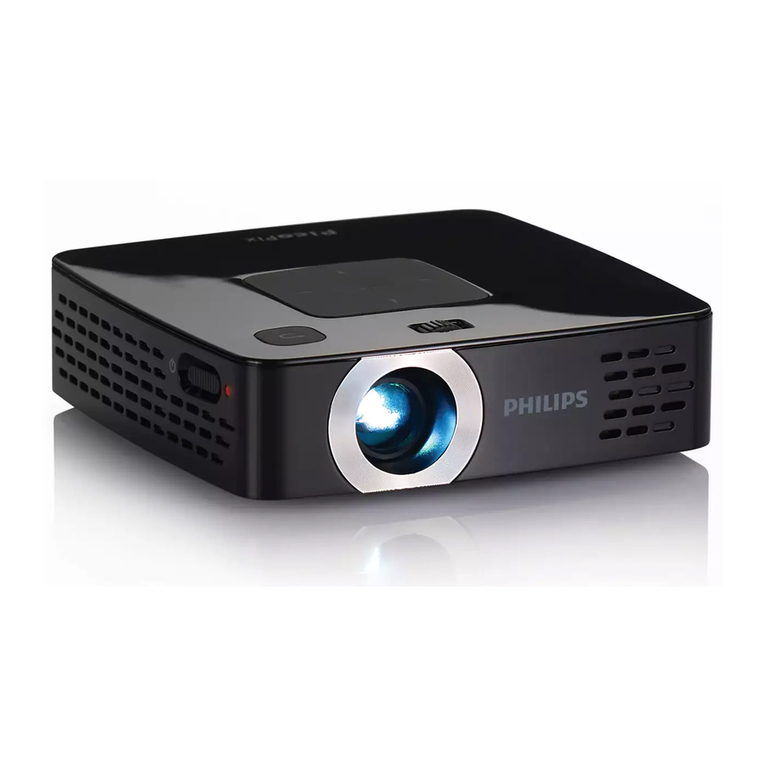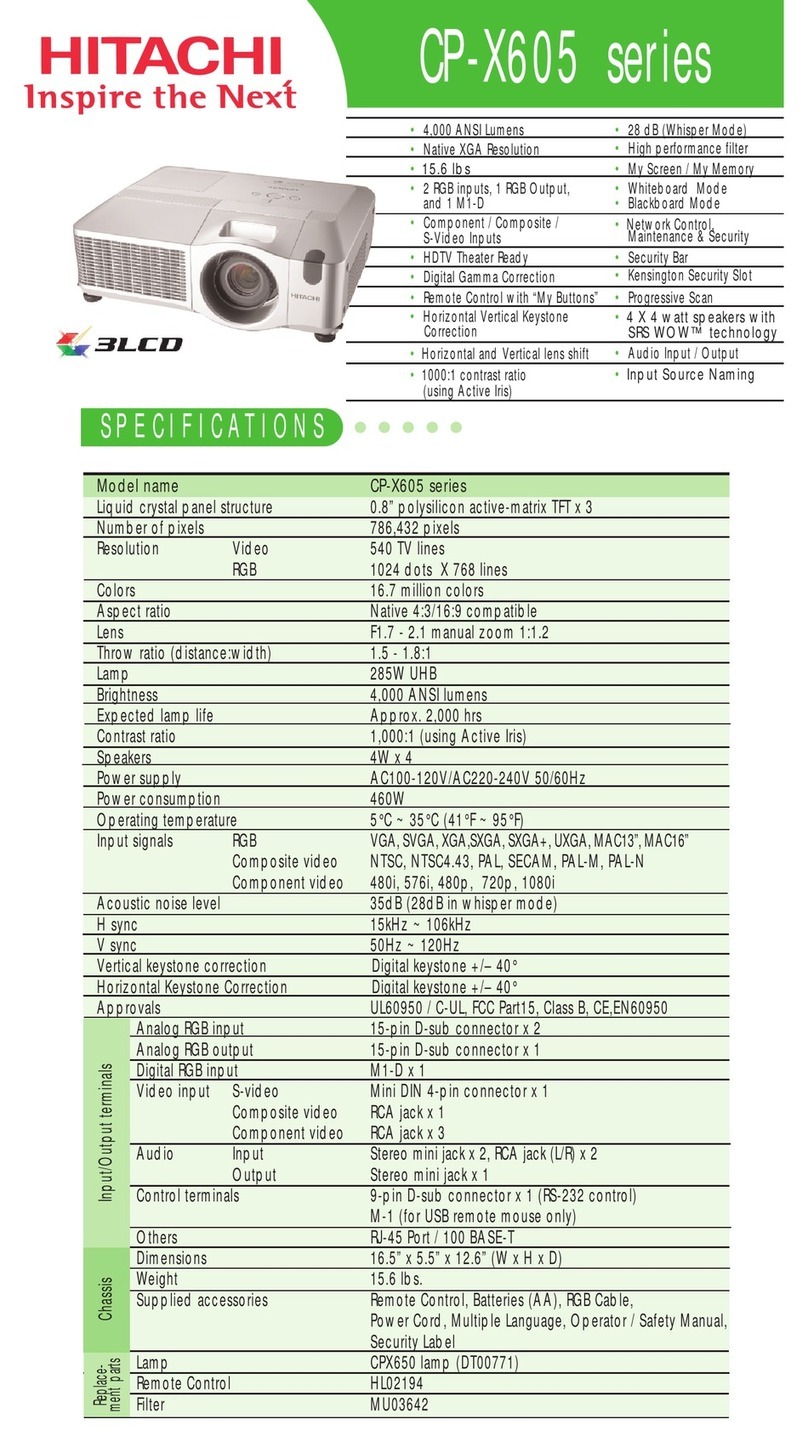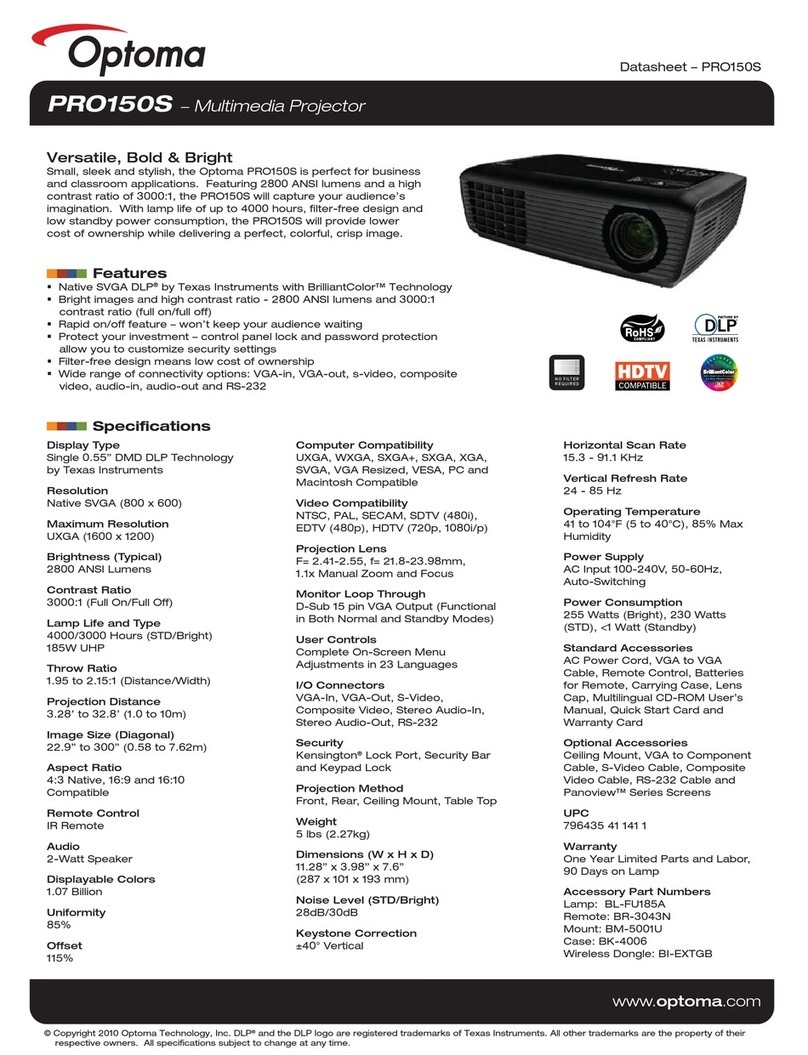
Table of contents
TABLE OF CONTENTS
1. Safety................................................................................................................ 3
1.1 General considerations.............................................................................................................. 3
1.2 Important safety instructions ........................................................................................................ 4
1.3 Product safety labels ................................................................................................................ 7
1.4 Risk Group 3 Safety................................................................................................................. 8
1.4.1 General considerations ....................................................................................................... 8
1.4.2 High Brightness precautions: Hazard Distance (HD)........................................................................ 8
1.4.3 HD for fully enclosed projection systems .................................................................................... 10
1.4.4 HD in function of the lens Throw Ratio (TR) .................................................................................11
2. Remote Control Unit ..............................................................................................13
2.1 Remote control, Battery installation.................................................................................................13
2.2 Using the XLR connector of the RCU............................................................................................... 14
2.3 Remote control, on/off button .......................................................................................................14
3. Input & Communication..........................................................................................17
3.1 Introduction .......................................................................................................................... 17
3.2 Connection Panel. . . .................................................................................................................17
3.3 Making connections ................................................................................................................. 18
3.4 Connector specifications ............................................................................................................18
3.4.1 DVI-I...........................................................................................................................18
3.4.2 Display Port 1.2 ............................................................................................................... 19
3.4.3 HDMI 2.0 ......................................................................................................................19
3.4.4 3G-SDI ........................................................................................................................19
3.4.5 HDBase T .....................................................................................................................20
3.5 Control interfaces....................................................................................................................20
3.5.1 RS-232 ........................................................................................................................ 20
3.5.2 LAN/Ethernet..................................................................................................................21
3.5.3 USB-A port ....................................................................................................................21
3.6 LED and Button indication chart ....................................................................................................21
4. Getting Started.....................................................................................................23
4.1 Functionality overview ............................................................................................................... 23
4.2 Power modes ........................................................................................................................ 24
4.3 Power mode transitions ............................................................................................................. 25
4.3.1 General........................................................................................................................25
4.3.2 Power on projector............................................................................................................ 25
4.3.3 Going from READY to ON....................................................................................................26
4.3.4 Going from ON to READY....................................................................................................26
4.3.5 Going from READY to ECO standby.........................................................................................26
4.3.6 Going from ECO to ON .......................................................................................................26
4.4 Status overview...................................................................................................................... 26
4.5 Power off projector ..................................................................................................................27
4.6 Operation in 24/7 Mode .............................................................................................................27
4.7 Using the RCU.......................................................................................................................28
4.8 Projector Address....................................................................................................................29
4.8.1 Controlling the projector ......................................................................................................29
4.8.2 Displaying and Programming addresses into the RCU . . ....................................................................30
4.9 Quick setup via Direct access.......................................................................................................30
5. Graphic User Interface (GUI) ....................................................................................33
5.1 Overview.............................................................................................................................33
5.2 Navigation ...........................................................................................................................33
5.3 Test Patterns......................................................................................................................... 34
6. GUI – Source .......................................................................................................37
6.1 Source Selection .................................................................................................................... 37
6.2 Connector Settings ..................................................................................................................37
7. GUI – Image ........................................................................................................39
7.1 Setting image levels manually ......................................................................................................39
7.2 P7 Realcolor.........................................................................................................................40
7.3 HDR – Perceptual Quantizer (PQ) ..................................................................................................41
8. GUI – Installation ..................................................................................................43
8.1 Configuring the lens, shift ...........................................................................................................43
8.2 Orientation ........................................................................................................................... 43
8.3 Warping .............................................................................................................................. 44
8.3.1 About warping................................................................................................................. 44
8.3.2 Warping – On/Off .............................................................................................................44
8.3.3 Warping – Screen Size ....................................................................................................... 45
8.3.4 Warping – 4 corners adjustment.............................................................................................. 46
8.3.5 Warping – Bow................................................................................................................47
R5906852 F80 SERIES 21/09/2017 1
